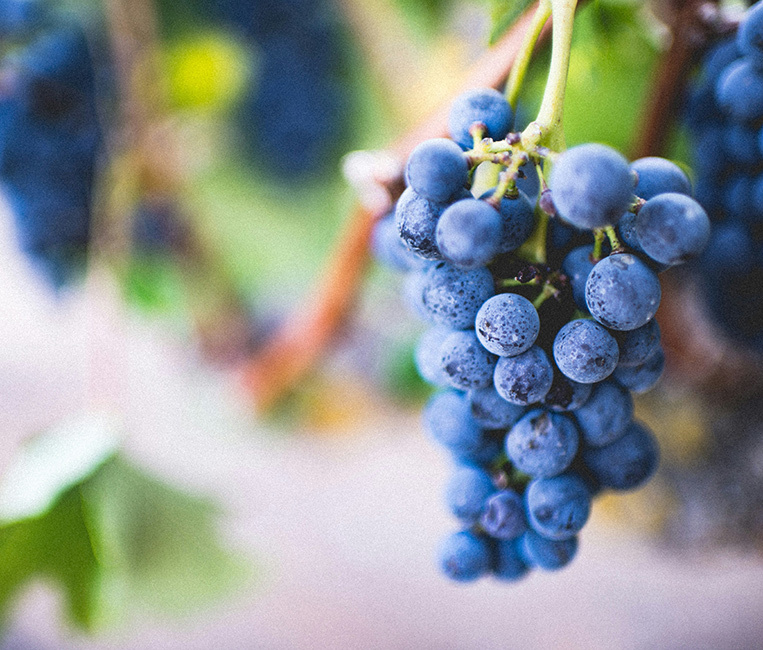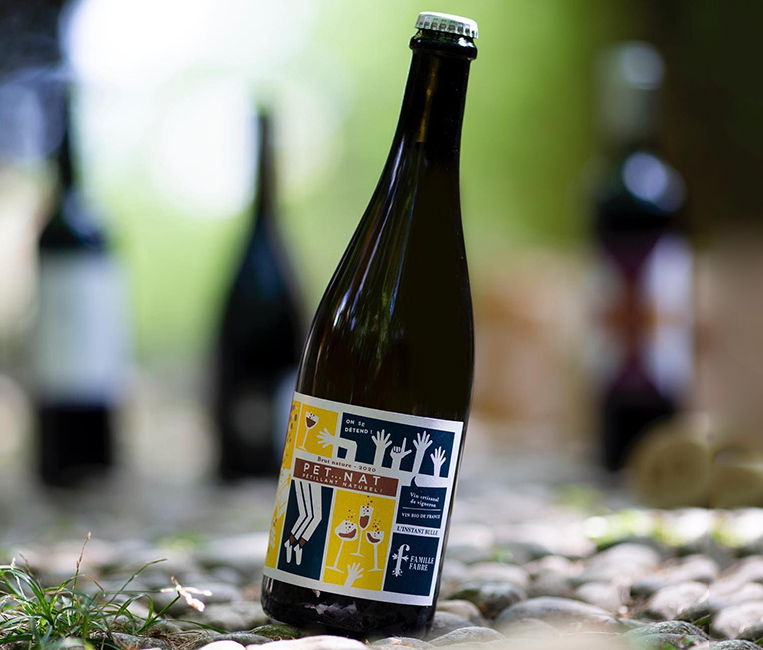Sip these wines to get you through the shut down

The best way to get to know wines is taste through its great varieties and styles and if there was ever a time for keeping wine company, this is it.
Socially drinking for pleasure or just plain curious about ferment, you might have well been on your way towards ascending the long climb towards wine connoisseurship but the pandemic’s got you under lockdown. Let not this inconceivable crisis interrupt that ascent however.
Why not find a silver lining in this lockdown and fill it with wine! If you’ve just begun to get a hang of the ferment and want to go further, take this available time to acquaint your palate with some of the most popular wine varieties and styles. So go on, raise your knowledge and your glass. Wine can be a fascinating pursuit and in such dire times, even finer company. So, if you’ve got to isolate, might as well do it with wines that’ll drink splendidly and also set you on your way to getting to know the wines, the best way there is.

Bubblies
During World War II, Britain’s leader Winston Churchill did occasionally lean on his favourite source of liquid courage, Champagne ,quipping, “In victory, I deserve it. In defeat, I need it”. This
French sparkling wine is widely considered to be the finest bubbly there is and while we mostly associate Champagne with celebratory cheer, its depth of flavour and history make it the essential sparking to know and taste. Using a blend of Chardonnay, Pinot Noir and Pinot Meunier Champagne is produced exclusively in region of the same name, using the French pioneered process of Methode Champenoise. Other bubbly variants certainly worth knowing are Cava and Prosecco. Cava, native to Spain is similar to Champagne in that it is a blend of local grapes (Parellada, Macabeo and Xarel-lo) and uses the same production method as Champagne. Flavours can vary from citrus, apple and pears to fennel, brioche and hazelnut. Prosecco hails from an Italian village of the same name in the Veneto region and made with the Glera grape. Now this easy drinking bubbly is generally produced from the Charmat (tank fermentation) method but let’s keep the details for another blog. Prosecco is relatively lighter than Champagne and less complex but have a good range of floral and fruity notes of the likes of apricots and grapefruit.
Whites
Nothing quite cuts through the bleakness of collective quarantine like nosing and tasting a young New Zealand Sauvignon Blanc. The new world turn on the French noble grape is one of the best new world styles for this white. Also produced widely across Australia, South America and South Africa, the Sauvignon Blanc has evolved two distinct styles – overtly fruity and floral like New Zealand and herbaceous and vegetal like some South African and South American estates. Chardonnay is another must know white, probably the most planted wine grape. Another French native from Burgundy – collectively feted as wine region royalty – Chardonnay has evolved many styles. It is also part of a tiny, elite club of whites that many producers ferment and age in barrels. Tasting and comparing oaked and unoaked Chardonnay styles can be as much fun as it can illuminate you about your palate preferences. Some of the notable whites wines you could get more familiar with include German Riesling and perky Argentinian Torrontes.

Reds
There’s no shortage of creative minds who’ve sworn red wines to be the primal trigger for their best works. How about letting one of the red ferments jog something lost in your creative recesses and give the senses a real treat. Shiraz is an ideal varietal to begin with. The Southern French grape is veritably omnipresent, dominating the Rhone Valley and the Barossa, Australia’s finest wine region as well as most of the new world including India. Much like Chardonnay, Shiraz is widely grown so one can expect distinct styles from medium bodied wines abounding with dark fruit and violets to bold and full bodied ones with flavours of blackberry, chocolate and smoke. Hopping immediately to Pinot Noir is an interesting exercise in contrast. Instantly recognisable for its elegant bouquet of cherries, strawberries and cinnamon when its well made, Pinot Noir was originally grown in the French region of Burgundy. Pinot Noir merits appreciation as do its producers because it’s not an easy grape to grow. Burgundy and New Zealand’s Central Otago and Marlborough regions will yield ample choice to school and floor the palate in equal measure. The Italian star Sangiovese that can build from fruit forward easy drinking to a barrel aged complexity laden with leather and meat, should make the wish list as should Spain’s most famous variety, Tempranillo which yields big ripe fruit and silky tannins.




